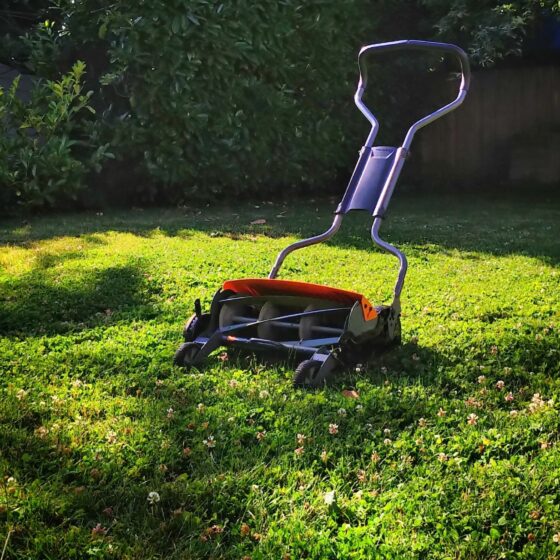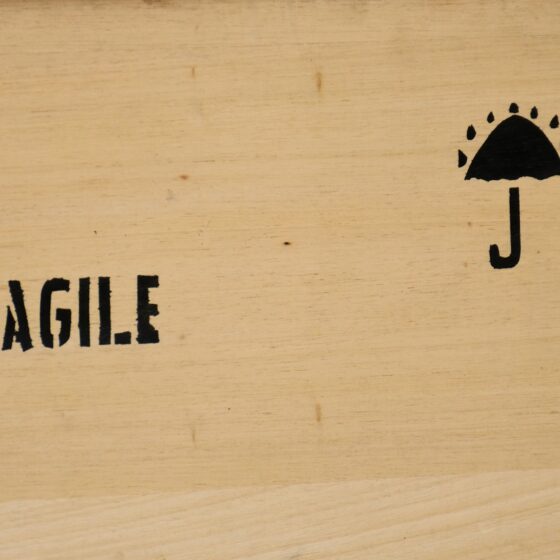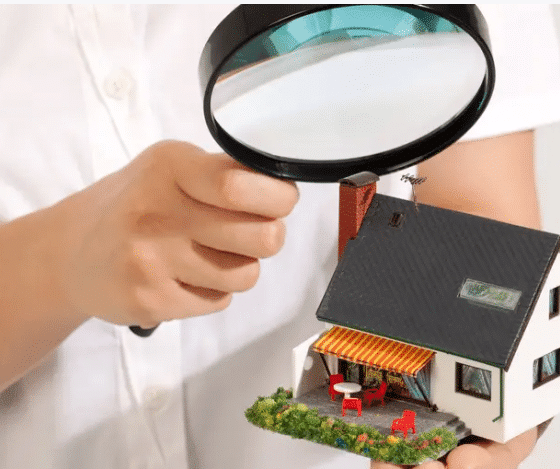Rock-hard bread is unappetizing but don’t throw it away just yet. There are quick and easy methods to soften the toughest bread.
In this article, you’ll learn 5 classic techniques on how to soften hard bread.
5 Methods Of Softening Hard Bread
Here are five simple and effective methods to soften and enjoy hard bread again:
Microwave Method
90% of American homes own a microwave, making it an accessible method of softening hard bread. It’s also one technique that lets you control exactly how much moisture you want in your bread.
Here are the steps on how to bring moisture back to your stale bread using a microwave:
- Wrap the sliced bread in a damp paper towel
- Microwave it in 15-second bursts until it reaches the desired texture.
Note: Check the bread texture every 15 minutes to see if it’s soft enough.
Oven Method
This method will give your bread a freshly baked texture. Depending on your slices’ thickness, this process can take 5 to 10 minutes or more.
- Preheat the oven to 350°F (176°C).
- Take the hard stale bread and wet the outside with running water.
- Put the bread on a baking sheet, then inside the oven for 5 to 10 minutes.
Note: Check the progress of your bread after the 5th minute to see if it has softened enough.
Steam Method
The steam method is great if you want your hard bread to regain its fluffy texture. For this, you’ll only need a pot and a couple of cups of water.
Here are the steps on how to add moisture to hard bread using steam:
- Fill a pot with water and bring it to a boil.
- Turn off the heat and place the bread on a steamer basket. Make sure it doesn’t touch the water.
- Let it sit for 3 minutes and check if it’s soft enough. If it isn’t, leave it for another minute or two.
Note: Avoid leaving the bread over the steam for too long because it can get soggy.
The Stovetop Method
This is an excellent technique if you don’t have a microwave or oven handy. You’ll only need a skillet and a bit of butter or oil (or both) to soften stale bread.
The following are the steps for softening bread on the stovetop:
- Heat your skillet over medium heat, then add butter or oil, depending on your flavor profile (or add both for extra flavor!).
- Place your slice of stale bread into the pan and let it cook until golden brown on each side (about 2–3 minutes per side).
The steam from the oil or butter will help make that hardened bread soft again without burning it like an oven would do if left unattended for too long.
Remoisturing Method
Softening hard bread is made easy by adding moisture back into the loaf. You can do this by wrapping the bread in damp paper towels or dishcloth and microwaving it for 10–15 seconds. The heat and moisture will help soften the crust and make it more pliable.
Another way to make bread soft again is by spraying or misting your loaf with water. Then, place it in a 350°F oven for 3-5 minutes.
Use an oven-safe pan with a lid or foil over the top. The steam trapped inside will help release some of the starch molecules that give bread its crunchy texture, leaving you with soft, delicious slices every time!
What to Do With Stale Bread Beyond Saving?
Unfortunately, not all hard bread can be saved, but that does not mean it should be discarded. Here are some ideas for repurposing tough stale bread that is no longer salvageable:
Croutons
Croutons are an easy way to revive stale bread into crispy treats that are great for salads or soups.
- Cube up your loaf with the crust included.
- Toss it with oil and spices or bake at 350°F for 20–25 minutes until golden brown.
This can be enjoyed on its own or added to salads.
Homemade Bread Crumbs
You can also use stale loaves as a base for homemade bread crumbs or stuffing by following these steps:
- Tear them up in tiny pieces.
- Pop them into a food processor until they reach your desired consistency!
Conclusion:
No matter what type of bread you have on hand—white, wheat, or sourdough—there’s always a way to breathe new life into those hard slices! Now you know you can soften a hard loaf of bread nicely and efficiently.










